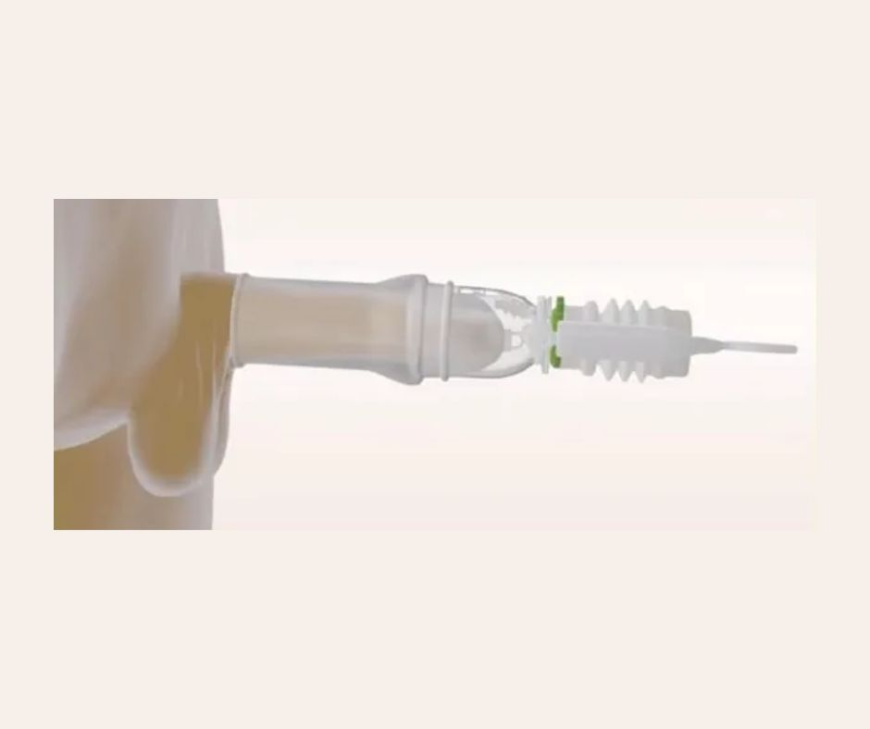Are Male Enhancement Devices Safe for Long-Term Use?
Explore the safety of male enhancement devices for long-term use. Learn about potential risks, benefits, and expert insights to make an informed decision.

The topic of male enhancement devices has gained significant attention in recent years, with many individuals exploring their potential benefits. Among the various options, devices such as the penile enlargement extender are often marketed as safe and effective solutions. However, the question remains: are these devices truly safe for long-term use? This article delves into the safety, effectiveness, and important considerations surrounding male enhancement devices.
Understanding Male Enhancement Devices
Male enhancement devices are designed to increase length, girth, or improve overall confidence. Common types include extenders, pumps, and vacuum devices. These tools typically function by stretching or creating a controlled environment to promote tissue expansion or blood flow. The penile enlargement extender, in particular, works by applying gentle, consistent traction to encourage natural growth over time.
The Promises of Long-Term Use
Advocates for male enhancement devices often highlight their potential for delivering noticeable results when used consistently over several months. Proponents claim these devices can lead to:
-
Increased length and girth.
-
Improved self-esteem.
-
Non-invasive alternatives to surgical procedures.
-
Minimal downtime or recovery requirements.
However, it is essential to separate marketing claims from scientific evidence to determine whether these devices are genuinely safe and effective for prolonged use.
Evaluating Safety Concerns
Long-term use of male enhancement devices may pose potential risks, depending on various factors. Key safety concerns include:
1. Improper Usage
Many issues arise from incorrect usage of devices. Over-tightening or excessive force can lead to bruising, numbness, or damage to the penile tissue. Adhering to manufacturer guidelines and consulting healthcare professionals can mitigate these risks.
2. Prolonged Application
Extended use of enhancement devices beyond recommended time frames can compromise blood flow and increase the risk of tissue damage. Periodic breaks during use are crucial to prevent complications.
3. Lack of Regulation
The male enhancement device industry is not universally regulated, which can result in varying product quality. Poorly designed or low-quality devices may increase the likelihood of adverse effects. Selecting products from reputable manufacturers is vital.
4. Psychological Impact
Expectations versus results can play a significant role in user satisfaction. Unrealistic hopes may lead to dissatisfaction or mental health concerns, even if physical results are achieved.
What Do Studies Say?
Scientific studies on the effectiveness and safety of male enhancement devices provide mixed findings. Some research supports their potential for achieving modest improvements in length, particularly with regular and proper use of tools like the penile enlargement extender. However, these studies often emphasize the importance of patience, as noticeable results typically require months of consistent use.
Conversely, other research highlights limited efficacy, suggesting that results may not meet user expectations. Furthermore, studies frequently underscore the risks associated with improper usage, emphasizing the need for guidance and realistic goals.
Tips for Safe and Effective Use
To ensure safety and effectiveness when considering long-term use of male enhancement devices, follow these recommendations:
1. Choose Quality Devices
Select devices from well-established manufacturers that adhere to safety standards. Avoid counterfeit or poorly reviewed products.
2. Follow Instructions Carefully
Always adhere to the provided guidelines for use, including recommended time frames, pressure settings, and maintenance.
3. Consult a Healthcare Professional
Before beginning any enhancement regimen, consult a doctor or urologist. They can help assess your suitability for these devices and provide personalized advice.
4. Monitor for Side Effects
Be vigilant for signs of discomfort, numbness, or bruising. Discontinue use and seek medical advice if adverse effects occur.
5. Manage Expectations
Understand that results may be subtle and require consistent use over months. Focus on incremental improvements rather than drastic changes.
Alternatives to Enhancement Devices
While devices like the penile enlargement extender offer non-invasive options, other approaches may also help achieve your goals:
-
Surgical Options: Surgical procedures can provide more immediate results but come with higher risks, costs, and recovery periods.
-
Exercises: Techniques such as jelqing are popular but lack robust scientific support.
-
Psychological Support: For many, self-esteem and confidence may be addressed through therapy or counseling rather than physical changes.
When considering male enhancement devices, it is important to approach them with caution and awareness. Long-term success hinges on consistent use, regular monitoring, and adherence to professional guidance. Many users find the psychological benefits such as improved confidence equally valuable as physical changes.
However, it is essential to remember that no device is without limitations or risks. Investing time in research and consulting with medical experts ensures that you make informed choices, prioritizing both safety and effectiveness for a satisfying overall experience.
Conclusion
The decision to use male enhancement devices, such as a penile enlargement extender, should not be taken lightly. While these devices can offer benefits for some users, their safety for long-term use depends on proper selection, adherence to guidelines, and regular monitoring. Consulting with healthcare professionals and maintaining realistic expectations are essential for ensuring a positive and safe experience. Ultimately, understanding your needs and thoroughly evaluating your options will guide you toward making the best choice for your well-being.



